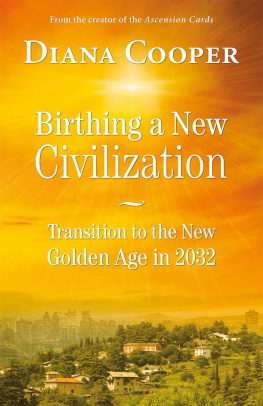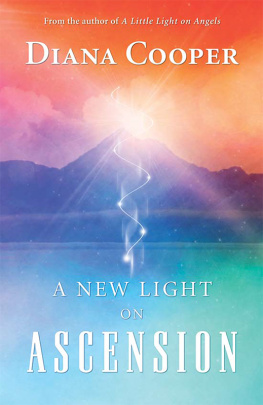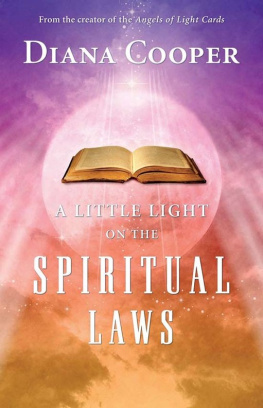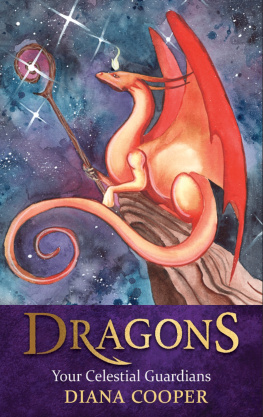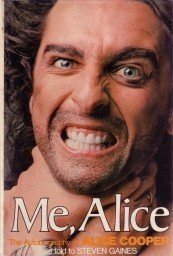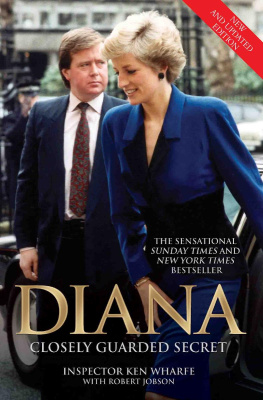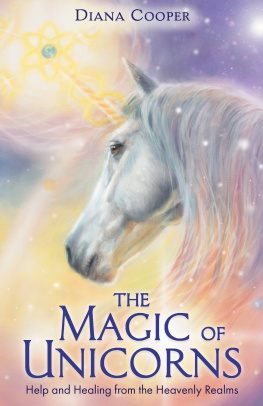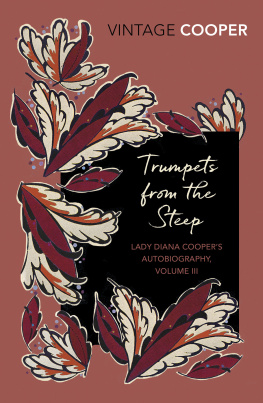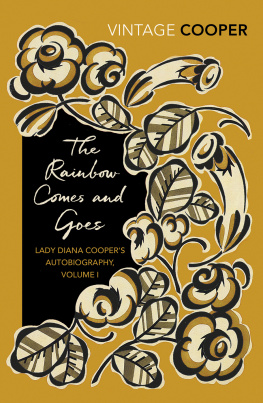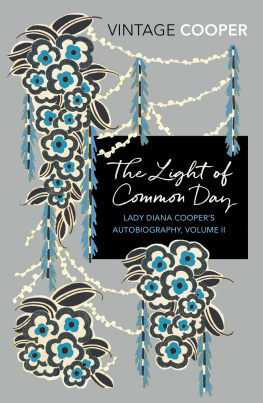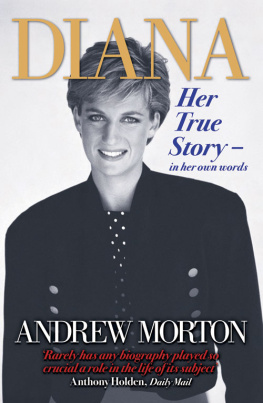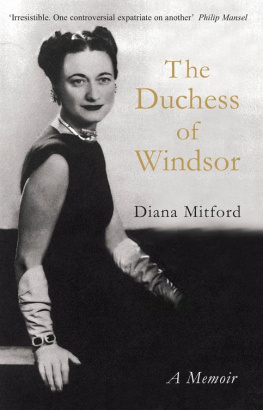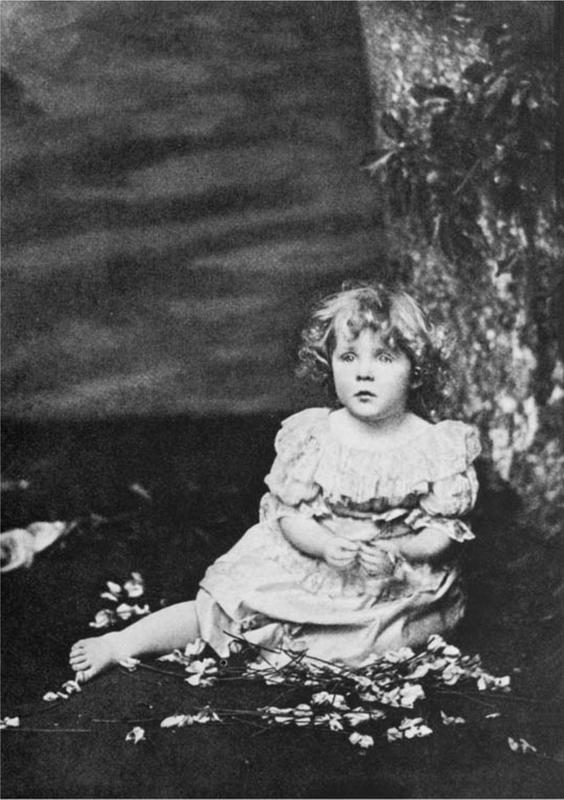T HE celestial light shone most brightly at Cockayne Hatley, a house in Bedfordshire that must always be remembered as the place where the clouds cast no shadows but were always fleecy white, where grass was greener and taller, strawberries bigger and more plentiful, and above all where garden and woods, the house and the family, the servants and villagers, would never change. It was a rather ugly house, verandahed and ivied, which my father had taken, not as I thought for eternity but for perhaps ten years, to house his family of two sons and three daughters. We had grown too big for our London house, 23a Bruton Street, where I was born. (It still stands, unrecognisable with its discreet front door replaced by blatant shop-windows. Not long ago, walking home after dinner in Hill Street, I followed a fire-engine for the first time in my life. It led me to the house of my birth burning brightly, and in the crowd I came shoulder to shoulder with my brother.)
Hatley was an unpretentious house and my mother, I think, did nothing much to improve it. There were assegais in the hall and a gong to say that meals were ready, and a dark dining-room with the Marly horses in black bronze on the chimney-piece . It was a room into which I scarcely went except to say good morning to my father eating his breakfast alone, and to be given a minute tidbit of his roll spread with butter and marmalade, and on occasions such as snapdragon at Christmas or when my father showed his magic lantern. Two or three times a year the children and household were given this double treat of magic and contretempsthe burnt finger, the appalling smell of multiple substances burning, the upside-down pictures, the reliable sameness of the slides. These never changed, any more than did the servants, who must have wearied of the programme. All fathers of the nineties had magic lanterns and slides of the Zoo and the Houses of Parliament and Niagara, but we thought ourselves unique and superior by having oneonly oneof Father himself and my eldest sister Marjorie, taken in Scotland, with a background of moors.
The drawing-room had a palm and a draped grand piano and three big windows, whose blue curtains were seldom hung in the summer, as they had to be laid out on the lawn to get their inartistic brightness faded by the eternal Hatley sunshine. There were screens and faded red chintz-covered sofas and down-at-castor chairs and an ottoman, and pictures of Cust ancestors and children (the house was owned by Lord Brownlow ). There were white fur rugs in profusion, my mothers touch and a happy one, for children to roll upon, with a more interesting smell than the common knee-excoriating carpet. There was a little room, used only for the Christmas tree, and there was my fathers study, well lined with books and giving on to the garden, into which jutted a glass palm-filled bubble. Today we can admire a Victorian conservatory, but my Pre-Raphaelite mother would have none of it.
Upstairs the house wandered without sense through passages and baize swing-doors, different levels and wings, with no symmetry or plan but to my childs reason the true design. There was the schoolroom wing and the nurseries. The schoolroom was ruled by Deborah Metzker, a squat, flat-slippered, manly woman, severe and orderly, with no give, few smiles and no caresses, but Debby was loved by Marjorie and our brothers Haddon and John. When I was three they were respectively fourteen, eleven and nine. There was an age-bar that allowed us to mix only very occasionally, although the next child, my sister Letty, was already seven. Sometimes the nursery would visit the schoolroom and be impressed by its age and intelligence, its aviary of canaries and bullfinches and its many pugs, the only breed of dog considered safe with children . Sitting there one day at tea, high in my mothers arms, I remember looking down on the sad fair face of my brother Haddon. Soon after he was to die and cause my mother such an anguish of grief that she withdrew into a studio in London, where in her dreadful pain she was able to sculpt a recumbent figure of her dead son. Cut in marble it now lies in the chapel at Haddon Hall, and the plaster cast, which I think more beautiful as being the work of her own hand, is in the Tate Gallery. All her artistic soul went into this tomb, and critics of fifty years later, their vision, values and perspective deformed or reformed by Henry Moore, have bowed to the truth and beauty of what she created. My mother did not live to mourn the death of her other children. She used to tell me at eighty how the thought of this dead child could hurt her as keenly as ever, but that the thought grew ever rarer.
The schoolroom visited the nursery only when they were dressed as musketeers or Romans or clowns and were desperate for an audience. The nursery did not have pets. It had Nanny, who was all and everything. She looked like a little dried-up monkey. I thought her most lovely. Her eyes were blue and almost met, the pink of her cheeks was broken veins; her hair she dealt with once a week with a sponge and some dark liquid in a saucer which resulted in an unsuccessful brown-black; her teeth were long by nature, her body a mummys bones. She took her bath every morning behind the nursery screen on which Walter Cranes Sleeping Beauty, Yellow Dwarf, Beauty and the Beast, etc. were pasted. I was given a Marie biscuit to allay my curiosity and never did I peer through the screen chinks. Nanny always wore black, winter and summera bodice and skirt made of stuff. On her head she wore for the Park a minute black bonnet that just covered the top of her dear head, moored down with strong black velvet ribbons tied beneath her chin. I loved her dearly, because I was an affectionate , incurious, unenquiring child, so that it seemed only natural that I should not be allowed to take a toy in my perambulator to the Park, or my doll to the garden, and that Nanny would never cuddle or comfort me. Nor did she ever play with me. She sat always at the plain deal nursery table mending our clothes and darning her own stockings on an egg.
It was a leisured life. I do not think that Nanny did the children s washing (the laundrymaid saw to that), and she had a nurserymaid to lay the table and dust and make our beds and dress my sister Letty and push the perambulator when in London . Strapped into my navy-blue pram, a crescent balanced on sensitive springs, a wide moufflon cape leaving nothing exposed but my white woollen hands, coifed in a so-called Dutch bonnet tied like Nannys under the chin, I would be wheeled, long-haired tam-o-shantered sister Letty walking alongside, to the Nannies fashion centre, Rotten Row, where Nanny would meet Nanny Benson and Nanny Poynder to talk of their charges in dark undertones, spelling out the flattering p-r-e-t-t-y, or the ominous d-e-n-t-i-s-t, or to discuss disloyally the enamelled Princess of Wales or my Nannys unreasonable dislike of the Duke of York. We wheeled along Rotten Row and ladies and gentlemen on tall horses would stop and ask whose children we were. Later, when I was always dressed in black satin, more riders stopped. I was taken out of the pram for leg-stretching, but no romping was allowed. The grass was too dirty, hoops too dangerous, so I walked demurely with Letty and Daisy Benson talking of Christmas and birthdays. On muddy days the one-legged crossing-sweeper always got a penny for the channel he had cleaned, and would grin and touch his cap, passing the time of day with Nanny, whom he called Mrs Whatmore. My aunts called her Whatmore . Mother said Nanny and the aunts thought this as wrong as saying Cook or your master. I realised lifes monotony and accepted it as one of the natural laws, but it was a great delight to go out, as I sometimes did, with my mother in a hansom cab, even though she did once drop me on the pavement when stepping out on that precarious little footholdan event that I do not remember but heard tell of a hundred times.


